
Structures
Examples of structures are shown below. More structures can be
found via the menu buttons.
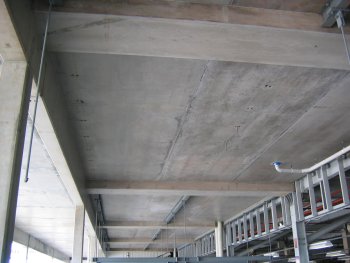
After installation of the steel fibre reinforced concrete precast elements, reinforcement is added to the topping slab for primary bending forces. No shear or crack control reinforcement is required. These systems have been successfully constructed for commercial and residential buildings.
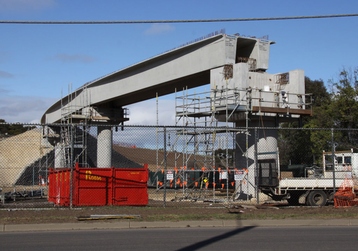
Precast prestressed beams with thin web elements. Shear and distribution reinforcement can be replaced with steel fibre. This improves production efficiency and durability.
Heavily reinforced piers and cross-heads can have reduced reinforcing bar where shear and bursting forces dominate.
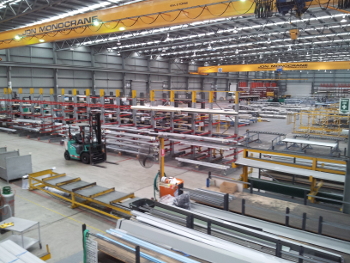
Industrial buildings have been utilising steel fibre reinforced concrete pavements for many years. There are a number of approaches adopted by designers that generally fall into two categories:
- Traditional elastic methods
- Finite element modelling
Case studies and discussion about design and construction can be found on many websites of contractors and fibre suppliers.
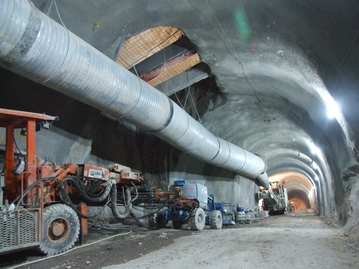
Fibre reinforced concrete has been used for sprayed linings for many years. The mining industry adopted synthetic fibres when they first became available some years ago.
Infrastructure projects, such as this road tunnel, tend to adopt steel fibre. The large opening with two strutting beams demonstrates the robust nature of the lining.
High early strength (measured at 30 minute intervals) is paramount for road header excavation techniques.
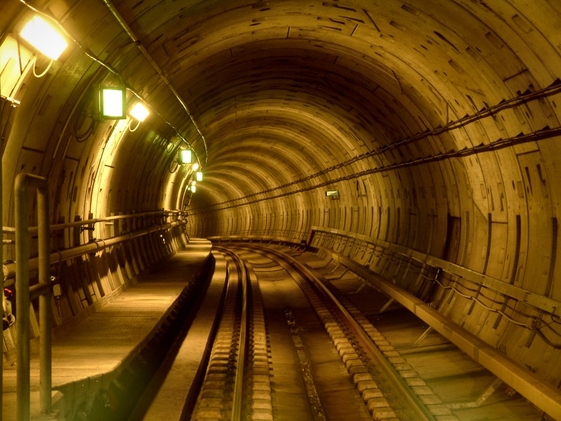
Steel fibre reinforced concrete has largely replaced conventional reinforcing bars in virtually all precast linings of tunnels excavated using a Tunnel Boring Machine (TBM).
Example Structures